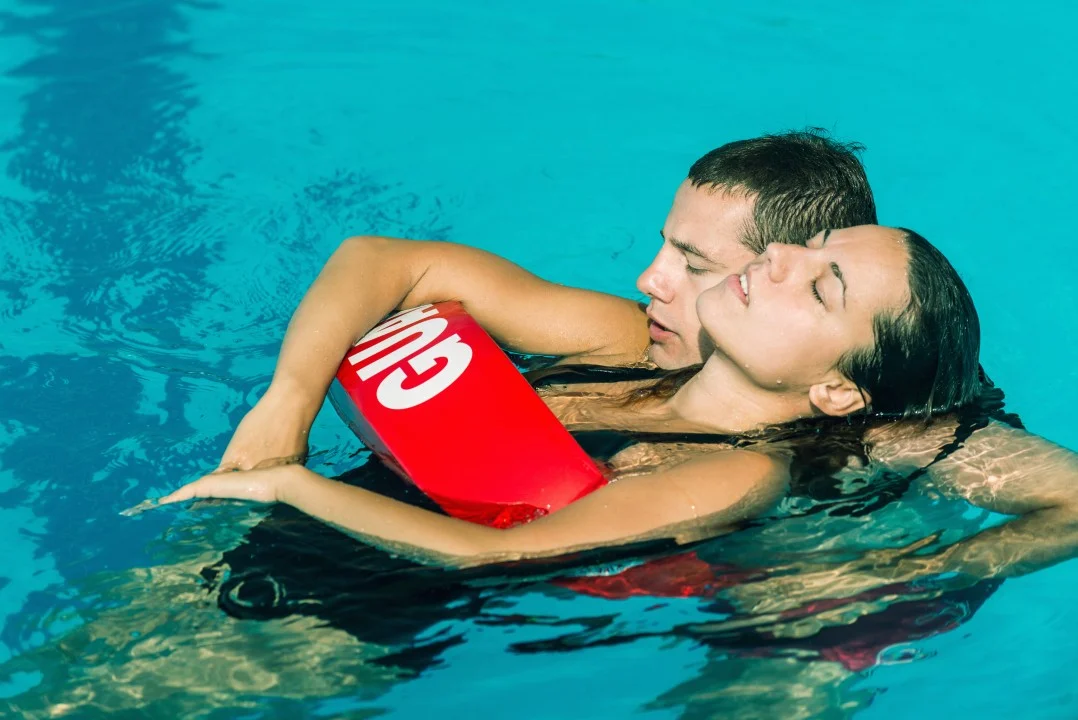Lifeguard Classes Near You: How to Choose the Best One (With Hidden Costs Exposed)

Becoming a certified lifeguard starts with choosing the right training class—but not all programs are created equal. With dozens of options available both online and in-person, it can be difficult to know which class offers true value, skill development, and long-term benefits.
In this guide, we’ll help you break down what to look for in a lifeguard class near you, how to compare programs, and most importantly—reveal hidden costs that most students don’t expect.
1. Verify Accreditation and Compliance
Before anything else, ensure the lifeguard training provider is recognized by national or regional safety authorities. The right class will meet or exceed the standards set by organizations that regulate aquatic safety and emergency response.
-
✅ Look for certifications aligned with OSHA, CPR/AED standards, and local government requirements.
-
⚠️ Warning: Some “cheap” courses may lack recognized certification, making your training invalid for employment.
2. Evaluate the Course Curriculum
A professional lifeguard class should go beyond just swimming. It must offer comprehensive coverage of:
-
Water rescue techniques
-
CPR/AED and First Aid training
-
Emergency action planning
-
Spinal injury management
-
Legal responsibilities
Ask to see a full breakdown of the course modules before enrolling. If the class is missing core skills, it’s not worth your time.
3. Check Instructor Credentials
Not all instructors are equally qualified. A certified instructor should have:
-
Real-world rescue experience
-
Up-to-date credentials in lifesaving, CPR, and first aid
-
Strong communication and demonstration skills
A good instructor can make or break your learning experience.
4. Compare Class Formats: In-Person vs. Blended Learning
Many lifeguard programs now offer blended learning, which combines online theory with in-person practical sessions. This format can be flexible and effective, but it depends on how it’s delivered.
In-person classes:
-
Best for hands-on learners
-
Immediate feedback and physical practice
-
Requires set schedule and location
Blended classes:
-
Flexible and convenient
-
Learn theory at your own pace
-
Still require in-person evaluation
Make sure any online component includes interactive elements, not just PDFs or videos.
5. Ask About Class Size and Training Equipment
A good ratio is one instructor for every 10-12 students, allowing for adequate hands-on practice. Overcrowded classes often lead to poor skill retention.
Also, check if the class offers:
-
Rescue manikins
-
AED simulators
-
Backboard training
-
Realistic scenario simulations
These are crucial for real-life preparedness.
6. Understand the Time Commitment
Lifeguard classes generally require:
-
20–30 hours of training (including CPR/First Aid)
-
Physical tests (swimming, treading water, timed rescues)
Make sure the schedule aligns with your availability, and avoid programs that promise “quick certification in a day”—they often skip critical components.
7. Uncover the Hidden Costs
This is where most students get surprised. Lifeguard classes often advertise a base price, but may leave out additional expenses.
Common hidden costs include:
-
📘 Textbook or eBook fees
-
🩺 CPR mask and gloves kit
-
🏊 Pool usage fees
-
📜 Certification card printing/shipping
-
🔁 Recertification fees (due every 1-2 years)
Tip: Always request a full cost breakdown before enrolling.
8. Check for Job Placement Support
While not a must, some classes help students with:
-
Resume building
-
Connecting to local aquatic centers
-
Interview preparation
-
On-site hiring events
This can be a great bonus if you're aiming for fast employment after certification.
9. Read Reviews and Testimonials
Before committing, do your homework. Look for:
-
Verified reviews on Google, Yelp, or training directories
-
Recent feedback about course difficulty and instructor quality
-
Social proof that the course delivers on promises
If a program has consistent complaints or no reviews at all, consider it a red flag.
10. Ask These Questions Before You Enroll
To avoid mistakes, ask the provider:
-
What’s included in the total cost?
-
Is your certification valid nationally or internationally?
-
How often do you update your training content?
-
How many students typically attend each session?
-
Do you offer free refresher sessions or practice tests?
Final Thoughts
Choosing the right lifeguard class near you is about more than just price or proximity—it’s about value, safety, and long-term success. By following the points in this guide, you’ll avoid common traps, uncover hidden costs, and feel confident in the class you select.






